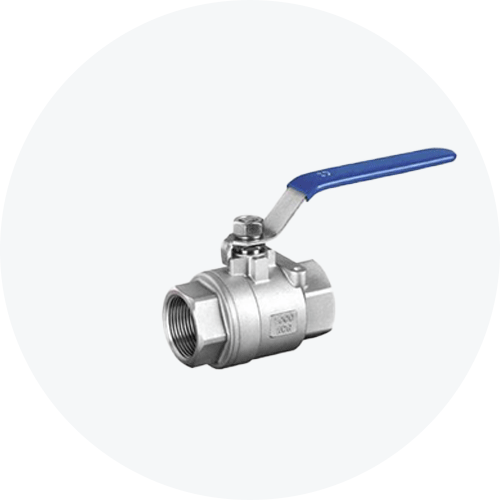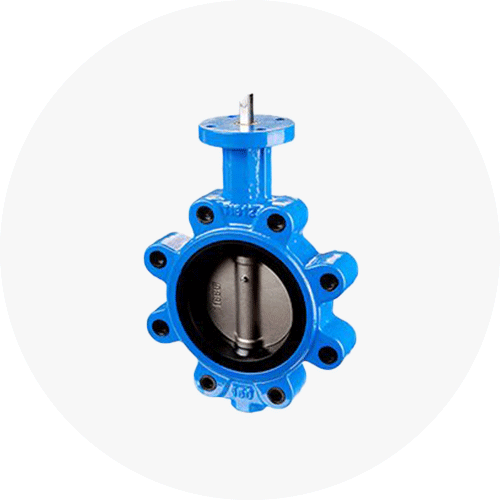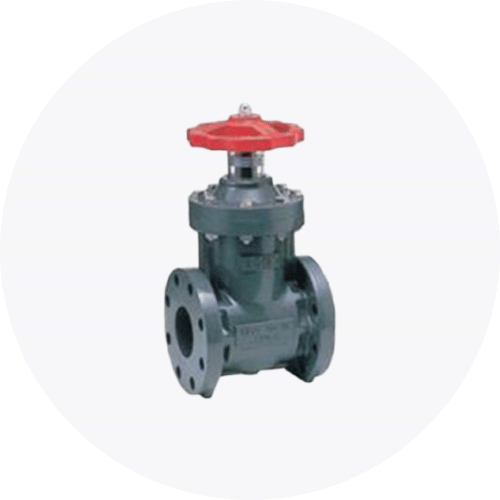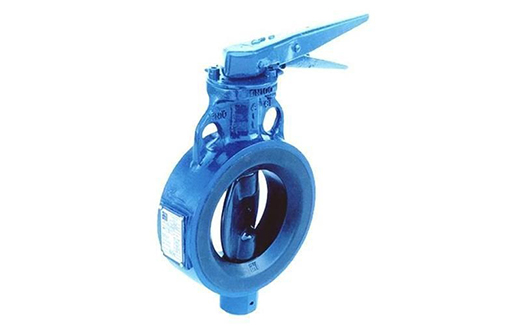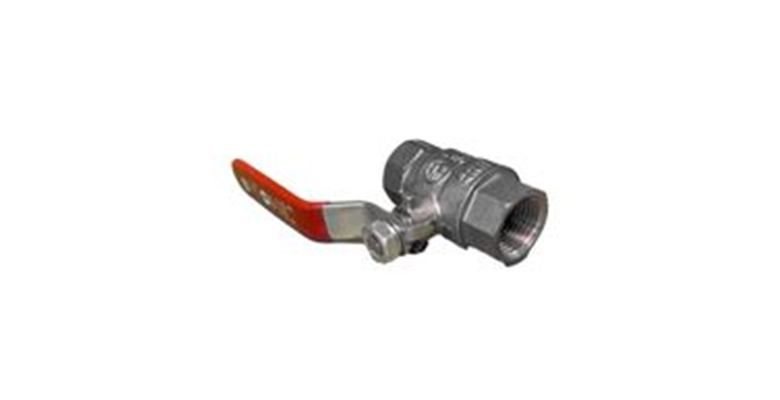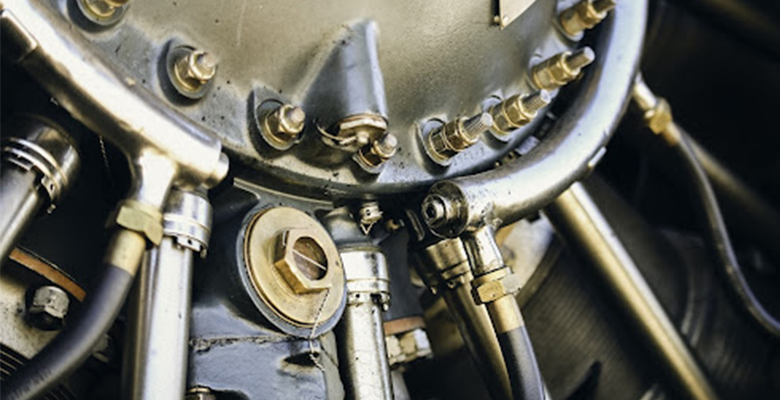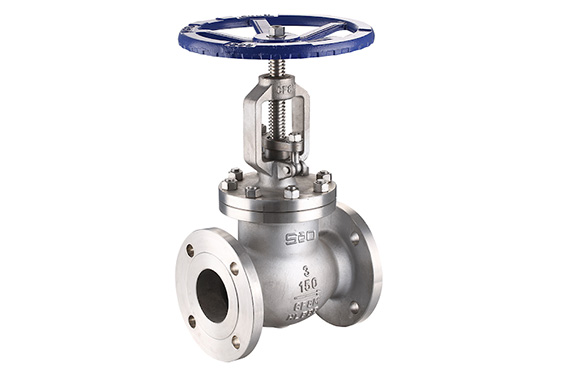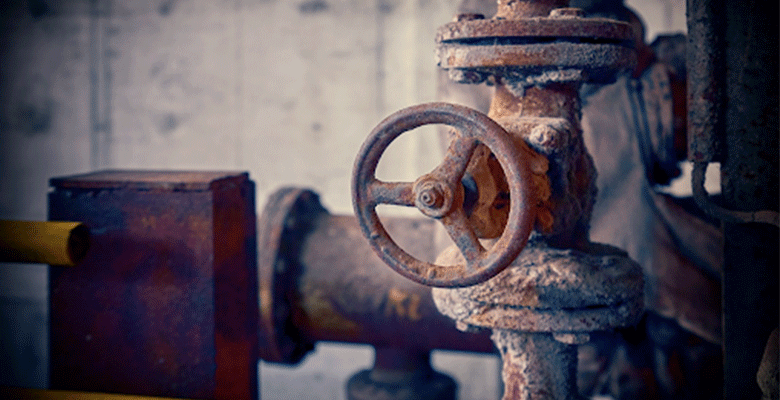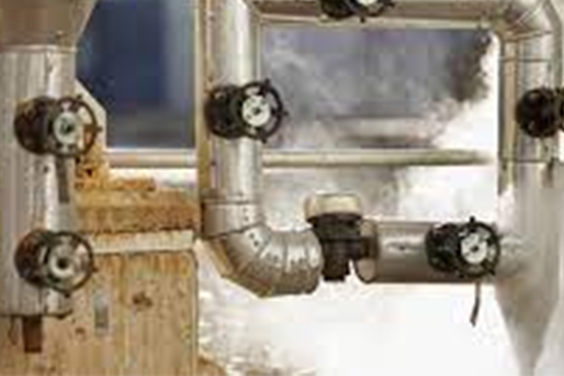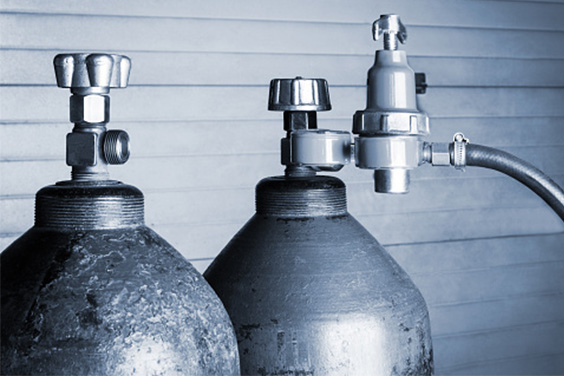In any control process, It is true that valves are essential tools in the entire procedure. Your plant might lose power and you are left in the dark with no idea how you can control your fluid movement and process. That is the reason why it is vital to have a fail-safe status having been installed for your valves.
A fail-safety status is the right way on how the valve should operate when there is a loss of power or even any loss of signal. The valve’s fail position is safety insurance that covers your process in abrupt situations. Today we are putting more focus on valve fail open and valve fail close and how they operate also citing their difference. Read and learn more.
Table of Contents
What Is Valve Fail Open?
Valve fail open generally means a valve would open with the main reason being a loss of signal or even power loss. These categories of valves need air pressure to stay closed. The moment the required air pressure is gone, the valve will automatically open. The source of the air pressure would be lost and the valve would “fail” open under a power outage.
What Is Valve Fail Close?
Valve fail close simply means the valve will automatically close when the signal is interrupted or even when the signal is lost. Valve fail closed is exactly the opposite of valve fail open. Now that air pressure is required in order to keep the valve open, it would naturally close when the power is interrupted since there would no longer be an air source to make the valve function.
How Do The Valves Work?
Source: Google
It is essential to have in mind that valves are generally atmospheric, this means that their operation is based on air pressure. There must be a source of air that has to be added in order to close or even open the valve, this will depend on how the valve is set up.
The air pressure acts on pistons, or springs available in an actuator, this act will create a force to move the valve stem. This will enable pneumatic actuators to be spring-closed or spring-opened, with the air pressure overwhelming the spring to give a movement.
When power or air pressure is lost, how do you want your valve to react? Your choice will come in hand solely by your process. Every action is exceptional, so you have to do your analysis in your process and deal with the results of what could happen downstream.
Difference Between Valve Fail Open And Valve Fail Close
Source: Google
Fail Open simply means that when there is a loss of signal or power outage, the valve automatically opens up. In case you are using your valve in a pressure back mode, for example, holding pressure on a separator, a fail open valve would allow you to prevent excessive pressure piling up on the upstream side of the valve in case there is a failure.
Fail Closed on the other hand means that when the signal is lost or there is a power outage, the valve closes naturally. in case you are using your valve in a pressure reducing mode, for example in suction control on an air compressor then a fail closed valve would come in hand and help protect any downstream equipment from excessive pressure in case it fails.
No matter which failure mode you prefer, always make sure your system includes the proper safety valves to help in preventing overpressure.
What Causes A Valve To Fail?
Valves need the power to operate; it is the same power that may lead to their failure. Power might be interrupted due to numerous reasons. Let us just have a quick look at what might cause a power outage.
- Natural Disasters
Source: https://www.pinterest.com/pin/52917364358077857/
Weather change is not the only natural cause of power outages. Earthquakes, wildfires, floods, and mudslides can also cause a power outage. At times, volcanic eruptions and tidal waves can also be reasons for power outages though this rarely happens in some areas. Major natural disasters like these can knock down transmission lines, they can as well damage transformers and destroy substations leading to major power outages.
2. Vehicle Accidents Near Power Lines
source: https://www.pinterest.com/pin/27725353946136303/
Motor vehicle accidents can also be another cause of power outages locally. Any vehicle can drift out of control then hit a utility pole, and bring down power lines and equipment. Driver’s impaired judgment, a lapse of attention, or a slippery pavement is all that lead to the whole disaster. This kind of power outage normally has an effect in a small area.
3. Equipment Failure
source: https://www.pinterest.com/
Just like any other kind of equipment, the components that supply power to different areas can be damaged. Transformers can as well fail. Insulators can also corrode and then break. The supply of Power needs a lot of complicated equipment. It can stop functioning properly in any number of ways, leading to power failure.
4. Fallen Trees
source: https://www.pinterest.com/
Power lines seen along the road and leading into your house are prone to damage from falling trees and branches. Strong winds and the weight from heavy snow or ice can cause trees to snap and bring down electric poles and wires. Also, an old or diseased tree topples over without any sign and causes a random power outage.
5. Animals
Source: https://www.pinterest.com/pin/553731716663125418/
Wildlife animals can as well be contribute to power outages. Birds, squirrels, and other small animals can chew through power lines, and also knock down components while seeking food or birds could also short-circuit connections while building their nests. Some animals also tend to get attracted by the warmth and hum of flowing electricity. All this can cause damage to electric wires and equipment causing a power outage.
6. High Energy Demand
source: https://www.pinterest.com/pin/607423068486804865/
Sometimes you might end up wondering why the electricity goes out on a perfectly normal day. A common and not highlighted cause of a power outage might be due to many people using too much power in a given locality at one time. During a hot summer day, most people turn on their air conditioner and it works for extra hours, high usage of power can overload the system resulting in an outage.
7. Planned Power Outages
Source: Google
Electricity suppliers may have reasons for power outages. It can be due to the need to conduct routine maintenance instead of a random power outage. This kind of power outage occurrence depends on the age and configuration of the system. Your provider won’t leave you in a panic, instead, they will do their best to give you a notice in advance about the coming power outage.
How Can You Tell That A Valve Is Open Or Closed
source: https://www.pinterest.com/
At some point, this question must have been on your mind most of the time when you don’t leave anyone at home. If you operate a butterfly or ball valve, the position of the handle shows whether the valve is open or closed.
If you are operating a stop or gate valve, it is difficult to know if your valve is open or closed. Worry less if you don’t have the idea. Today we will go through a few valves and how to know if they are closed or not.
- Ball Valves
source: https://www.pinterest.com/
The ball valve’s name came up because of the ball that sits inside its housing unit. The ball is hollow through the center. This hole is directed through the water flow when the valve is open. When the valve is closed, the solid side of the ball faces the flow of water thereafter blocking any forward flow of the fluid.
Ball valves are a type of valve that can only be used to stop and start the flow and not to regulate it. This type of valve is the easiest to see if they are open or closed. It is open when you see the handle on top is parallel to the valve. The ball valve is closed when you see the handle is perpendicular to the top. About how ball valve works and how 3-way ball valve work, could see this blog to know more
- Butterfly Valve
source: https://www.pinterest.com/
Butterfly valves are different from all the other valves since they can be used as a shut-off valve at the same time as a regulatory valve. The butterfly valve has a disc that rotates the moment you turn the handle.
Butterfly valves have a similar lever handle to a ball valve on the top. This handle both shows if the flow is on or off, and can be used to switch the valve on by locking the disc in place. You will easily know when the valve is closed if the handle is parallel to the valve, and when it is open, the handle is perpendicular to the valve. If there is a butterfly valve leakage, checking this part is very important for butterfly valve troubleshooting.
- Gate Valves
source: https://www.pinterest.com/
Gate valve is a type of valve that is found on pipes that need a complete turning off or turning on flow. Gate valves have a knob on top that helps in regulating the flow. When the knob is turned, it raises and lowers the gate inside, that’s how the name came up. In order to turn on the gate valve, you turn the knob anticlockwise, and in order to turn the valve off, you turn the knob clockwise. There are some differences between gate valve and ball valve, click here to more about them. The blog about “globe valve vs gate valve” is also available in SIO valve.
How Do You Tell if a Valve is Fail Open or Fail Closed?
A valve is an indispensable part of a fluid control process. However, despite the superior quality, valve failure is common, especially during power or pressure loss. Power to a valve, whether via air, gas, or electric, is interrupted for several reasons, such as thunderstorms, freezing, and loss of upstream pressure.
During such events, the actuator may cause the device to fail in either an open or closed position.
When the device is in the fail-close position, the device auto closes once the power source or signal is interrupted. Such type of device needs to transmit a power source continuously. Fail close is the ideal choice if someone wants the device to be auto close to protect the project during power cuts.
In contrast, the device will auto-open during a power failure in the fail-open position. A valve will be closed when the power is on and will be open when the power is off.
Such a device is suitable for fire-exhausting systems where the power is interrupted by the fire. It will auto-open to allow the water to transmit. It allows a fire extinguishing system to function normally.
It is crucial to study the position indicator attached to its stem to learn if a valve is failed open or closed. This indicator shows whether the device is open or closed.
- If the device is under zero pressure and the arrow on its position indicator points towards closed, the valve is Fail Closed (FC).
- If the device is under zero pressure and the arrow on its position indicator is pointing towards open, it means the valve is Fail Open (FO).
Studying the breather plug is another way to determine the position of a valve. If this plug is on the bottom side of the actuator, it is set up to Fail Closed (FC). But if the breather plug is on the upper side of the actuator, it indicates a Fail Open (FO) position.
In a back pressure application, the Fail Open (FO) position lets the valve prevent excessive pressure build-up on the upstream side during a failure. Thus, it opens when there is a loss of signal. But in a pressure-reducing application, a Fail Closed (FC) valve protects the downstream equipment from excessive pressure during any failure.
Irrespective of the failure mode, ensure the system includes power safety valves to avoid overpressure.
Conclusion
Valves play a big role in our daily lives when it comes to fluid control. They can be used in industries or even at home in your faucets. In industries and companies, it is important to have a mechanism to make them operate even when power is off. Also, make sure proper maintenance is done to avoid future damages.

